Fujifilm introduces the FUJINON 25-1000mm F2.8-5.0 PL box lens, which can cover large sensors. This new glass is a broadcast lens set to launch in 2023. The FUJINON 25-1000mm is defined as the highest combination of magnification and telephoto reach for large-format cinema cameras. All details are below:

FUJINON 25-1000mm: Cinema (PL) box lens
FUJIFILM today announced the development of its new FUJINON HZK25-1,000mm F2.8-F5.0 PL Mount Box Lens (“HZK25-1000″). This box lens features a native PL mount and achieves a zoom ratio of 40x with a telephoto focal length of 1,000mm, the highest combination of magnification and telephoto reach available to date for large cinema sensors. “In actively observing and gathering feedback from professionals in the emerging world of cinema-sized imagers in live production, we identified a very clear customer desire for a long cinema lens to facilitate capture quality of a live show,” said Stosh Durbacz, national sales manager, Optical Devices Division, FUJIFILM North America Corporation. “With a pedigree that hails from the highly respected FUJINON Premier Series, HZK25-1000 provides the production with unmatched flexibility and reach while maximizing the highly sought-after cinema look to live audiences”.

Compatible with S35 and FF
The HZK25-1000 deploys a dual-format system that supports two single sensor sizes: A camera with a sensor equivalent to the large format size and a traditional super 35mm sensor. The use of the newly developed 1.5x expander shifts the focal length of the telephoto side, enabling super-telephoto image capture of 1500mm (1000×1.5). Additionally, when paired with a large format sensor, operators can shoot with a field of view equivalent to that of a super 35mm sensor while maintaining maximum optical performance, providing a true dual format lens. According to Fujifilm, the HZK25-1000 enables shooting with the same field of view in both large formats and super 35mm formats and produces rich image expression by taking advantage of the camera’s cinematic look.
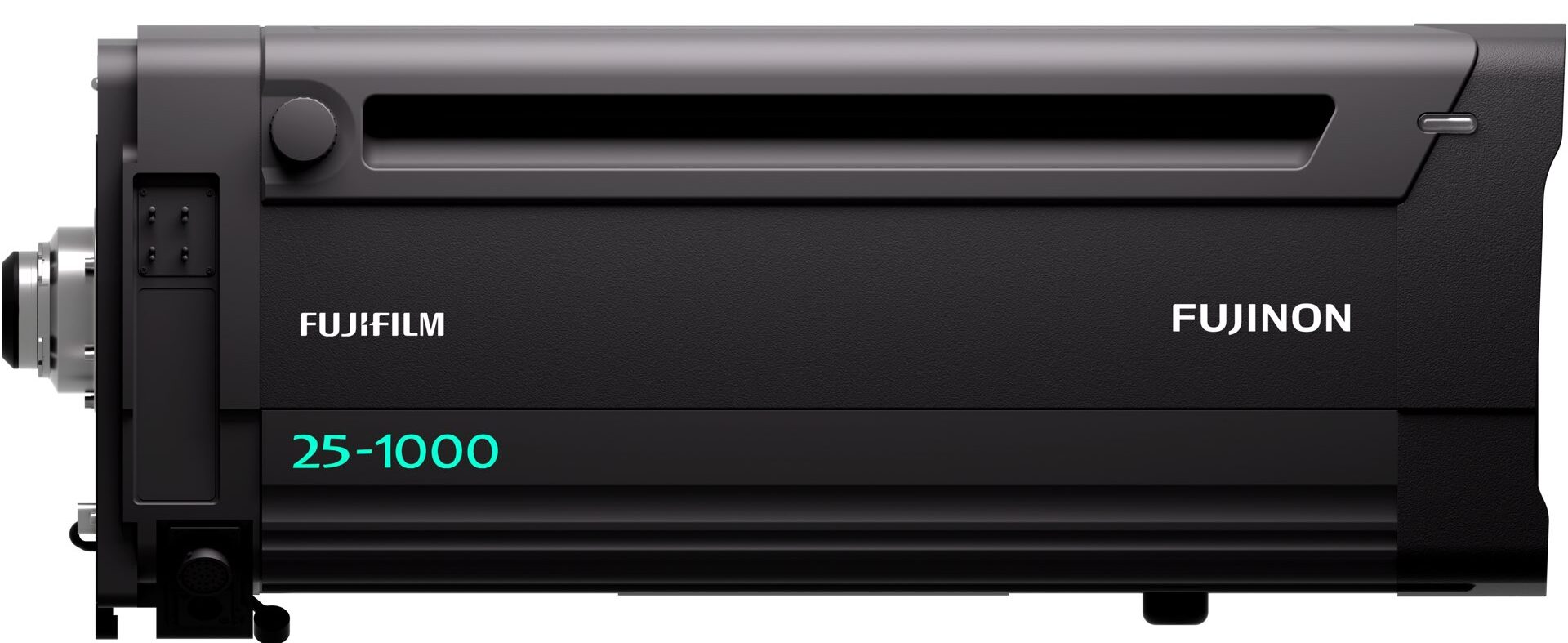
The challenges of cinematic broadcasting
We wrote a bunch of articles regarding the hot jargon: “Cinematic Broadcasting” which means, using large format cinema cameras in live events, instead of the conventional/traditional cameras dedicated to broadcast. That results in more cinematic imagery, which is desired lately, even for broadcasting live events. As explained by Fujifilm: “Digital cinema cameras with image sensors larger than existing B4-mount cameras have been increasingly used in sports and live event broadcasting. The use of large-sensor cameras enables the expression of immersive images by offering smooth bokeh and high dynamic range for live broadcasting”. However, while traditional lenses for single-sensor cameras may be optimal for filming movies and commercials, the zoom ratio is considerably lower than that of a B4 mount lens, and lens characteristics when zooming and focusing are different from those applicable to lenses used in live broadcasting.

Fast aperture at 40X zoom ratio
As stated by Fujifilm: “The HZK25-1000 utilizes optical design technology to achieve a maximum aperture of F2.8 and 40x zoom ratio. This ultra-high zoom ratio lens is compatible with the large sensors of digital cinema cameras yet provides a brightness of F2.8 at a wide angle. Not only does it enable filming in low-light environments such as indoor concerts or nighttime events, but the shallow depth of field also provides the advantage of beautiful bokeh, bringing a cinematic look to live event production”.
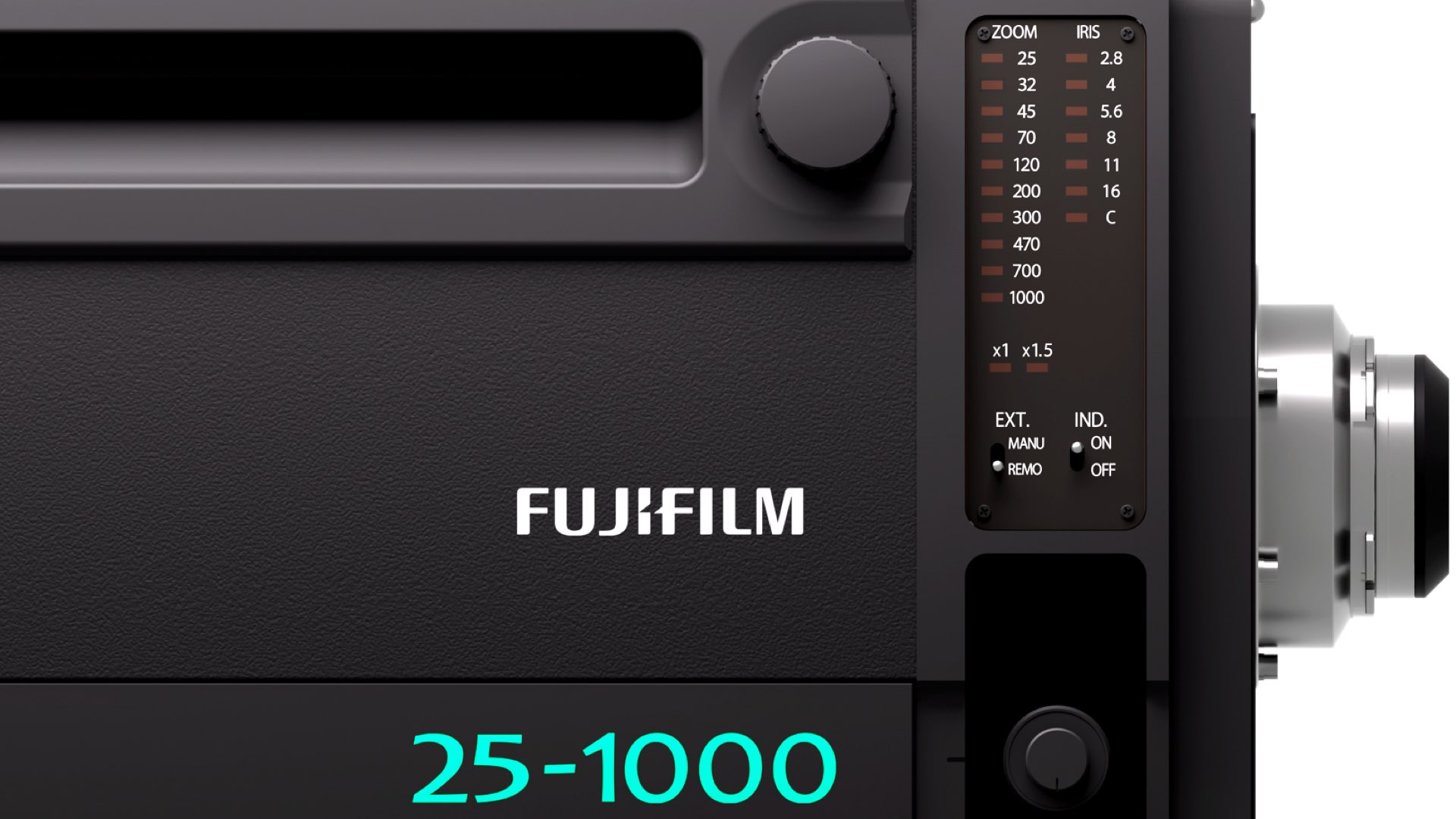
Dedicated optical technology to reduce aberrations
Fujifilm emphasizes that its proprietary optical technology suppresses aberrations by using a large-aperture aspherical lens and a fluorite lens that has been precisely polished. By eliminating unnecessary ghosting, flare, and color fringe, the lens delivers high optical performance and natural image expression.
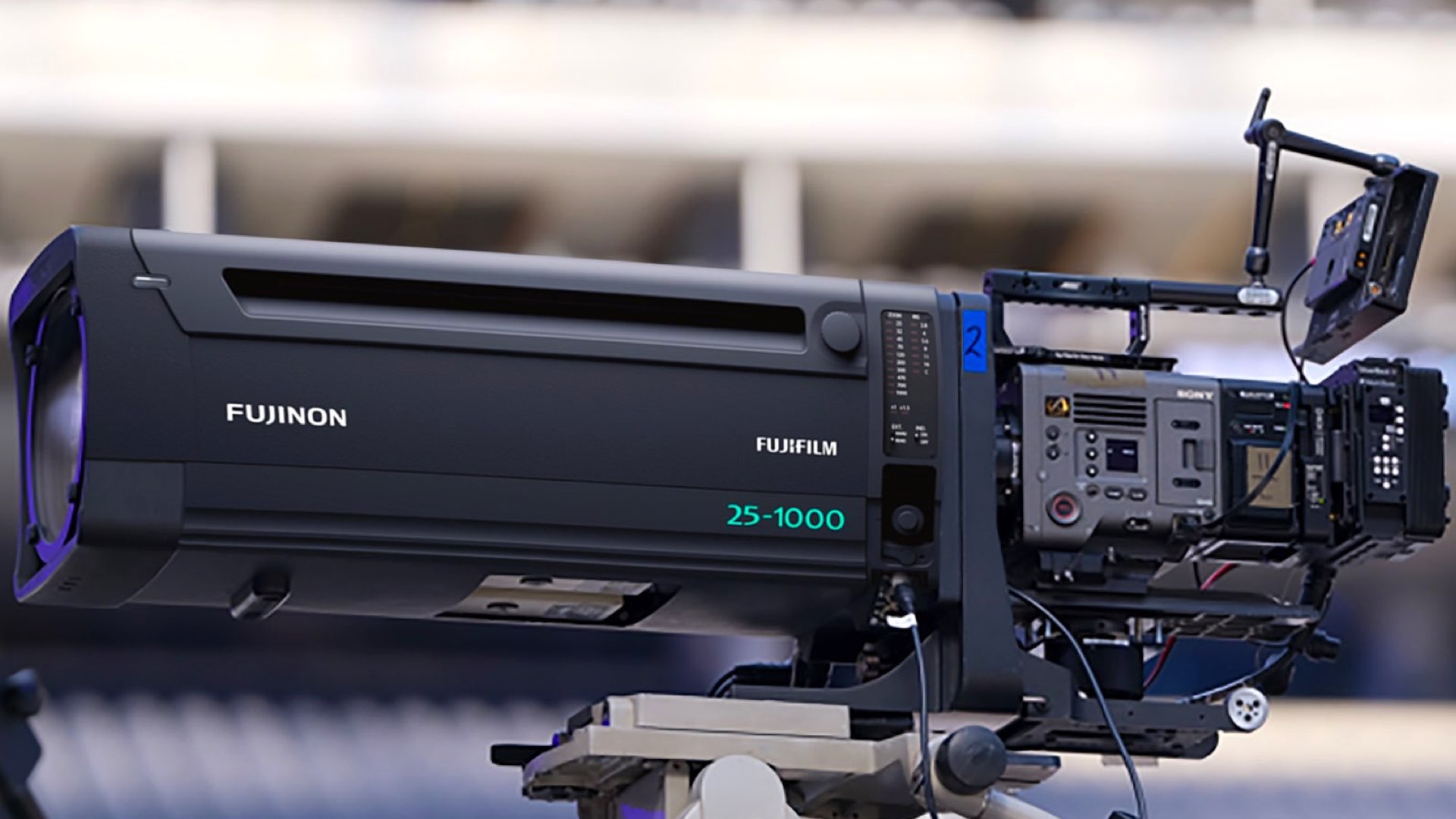
“FOCUS” application: Controlling bokeh
Furthermore, Fujifilm elaborates that the out-of-focus bokeh is controlled through repeated simulations using Fujifilm’s proprietary optical design application, “FOCUS” (Fujifilm Optical Class Library and Utilities System), which determines optimal glass materials from the infinite combination of possibilities. The texture of each layer in the out-of-focus area is verified to achieve a bokeh that softens and naturally melts the background. Furthermore, camera operators can operate the lens in a setup specialized for live broadcasting, since existing FUJINON box lens accessories can be used in support of the multi-camera operation. Wireless controllers from Preston Cinema and ARRI are compatible with HZK25-1000 and can also be connected.
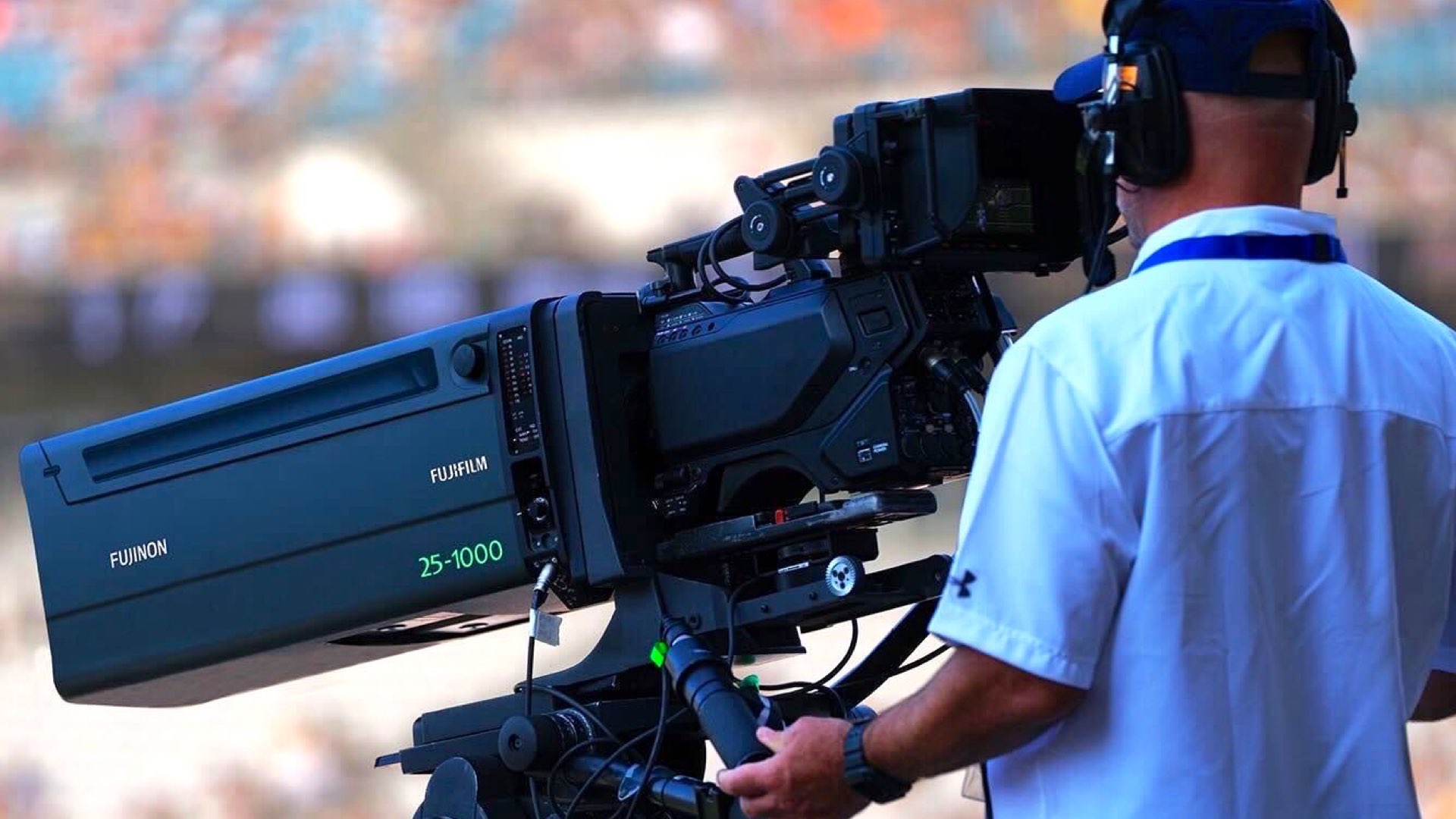
Ceramic ball roller system: Optical image stabilization
Fujifilm states that the HZK25-1000 is the first commercially available box-type zoom lens compatible with large sensors equipped with optical image stabilization, enabling stable shooting while precisely compensating for vibrations in the venue. The latest anti-vibration mechanism and firmware utilize Fujifilm’s unique ceramic ball roller system. This mechanism provides a high level of anti-vibration performance against shaking caused by unstable platforms. In addition to stabilization, the lens features all of the latest technological advancements that are now standard in most of Fujifilm’s FUJINON broadcast lenses: Automatic Restoration of Illumination Attenuation (ARIA), Remote Back-Focus, and Automatic Chromatic Aberration Correction. Watch below the FUJINON HZK25-1000mm Concept movie:
Closing thoughts
Indeed, the HZK25-1000 breaks some records. Its range, the compatibility for large sensors cinema cameras, plus dedicated technologies, transform this beast into a super-glass that can dramatically contribute to cinematic broadcasting characteristics and implementations. As stated by Fujifilm: “Just as the Cabrio changed the industry 10 years ago and invented a new category, this CineBox PL zoom will do the same”. Unfortunately, at the time of the lifted embargo, Fujifilm was not able to share sample footage (apart from what you see in the Concept movie). Nevertheless, we’ll update you when the HZK25-1000 footage will be shared. It’ll be interesting to see how this lens performs when paired with large-format cinema cameras.

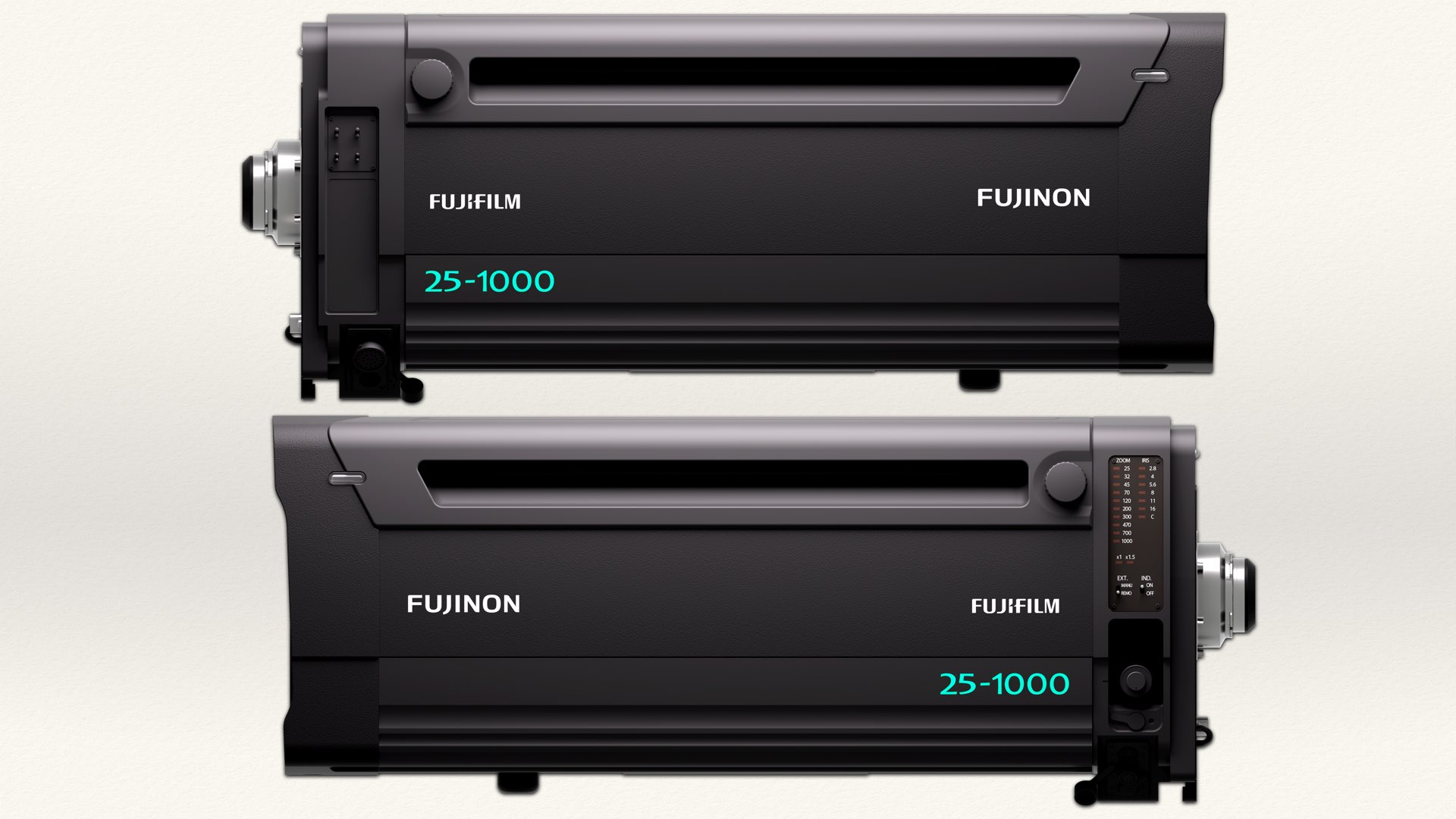
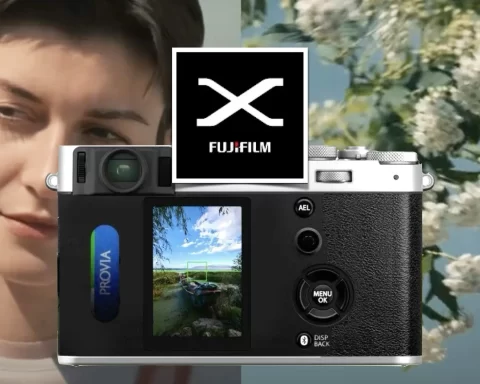

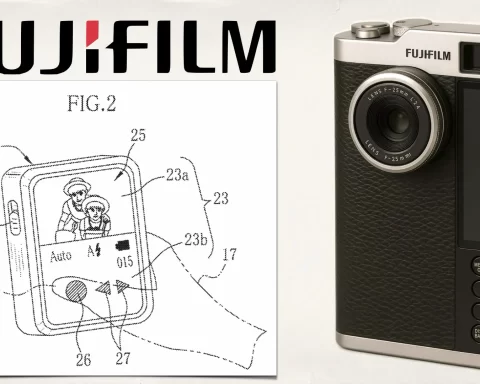
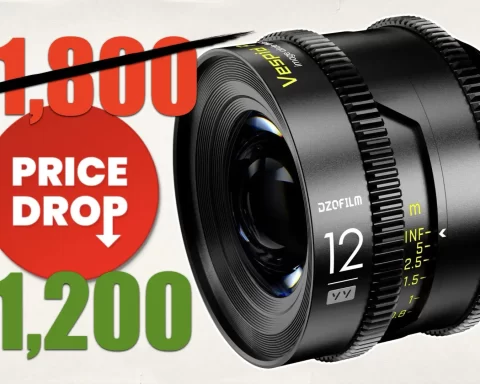
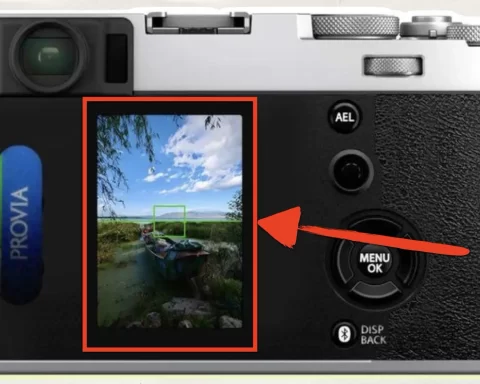
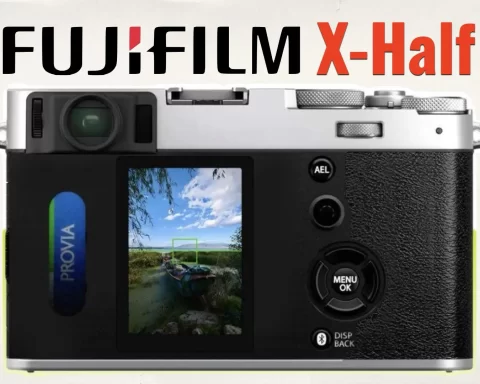

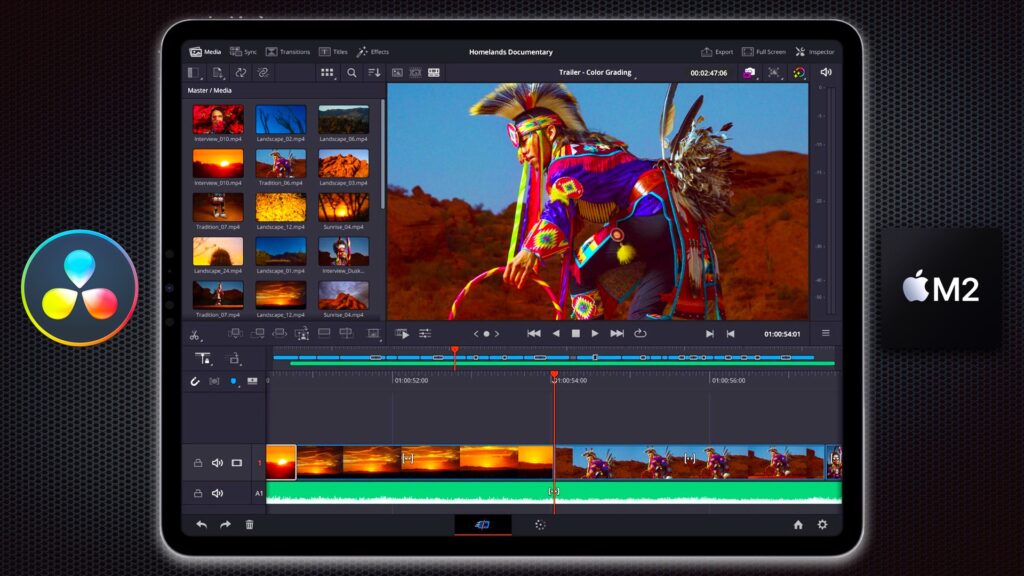
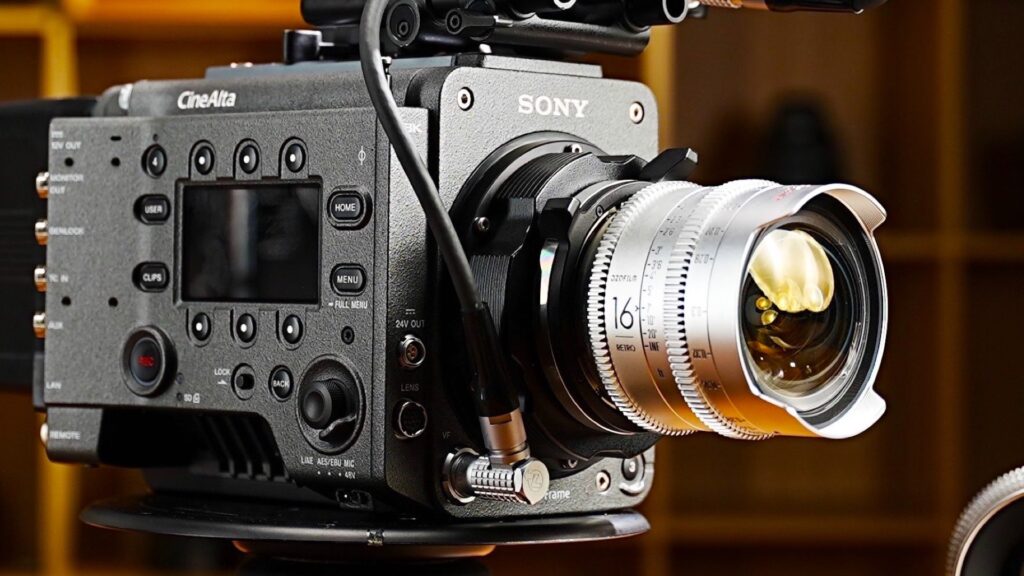
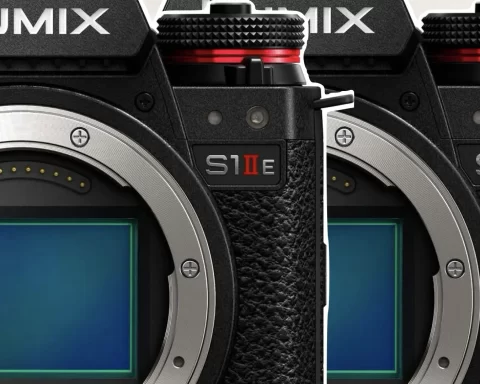


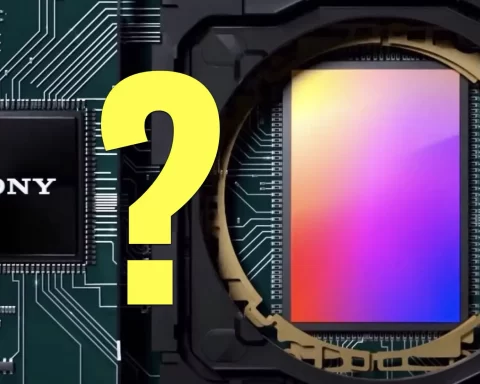


It’s a bit misleading to call this a full frame box lens. It’s a S35 lens with an extender that magnifies to cover FF.
Agreed. The title has been corrected. Thank you!
mhhh… every FF lens has a “magnifier element” on the rear that allows it to cover FF format. The fact that that elements can be engaged or disengaged shouldn’t make a difference. I’m not saying you are wrong, but technically, if the lens cover FF whit extender ON and maintain all the lens characteristics (within the tolerance accepted by the manufacturer) you can call the lens a FF one, in my humble opinion.
Cheers!